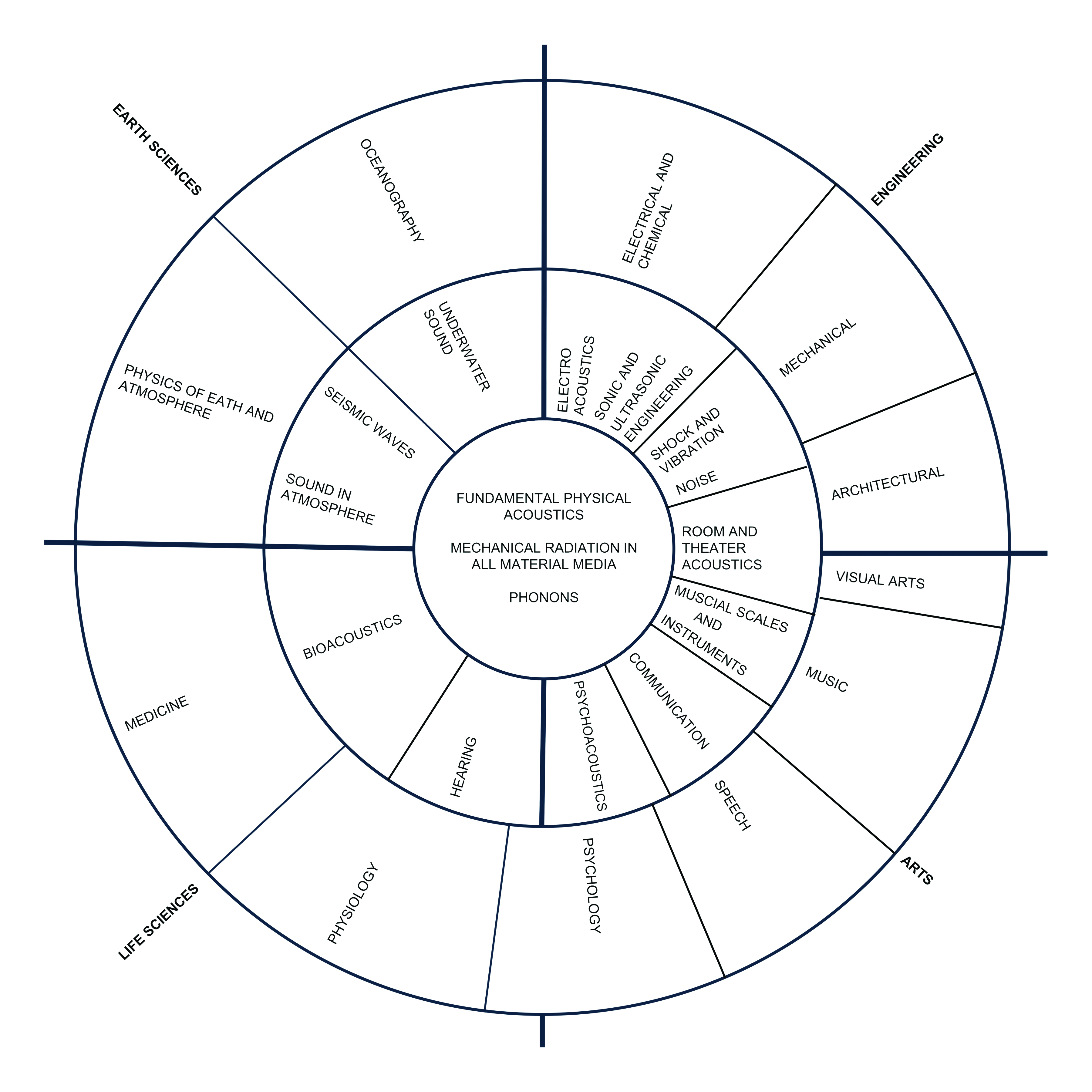Pathways to a Career in Acoustics
Fall
2023
Feature
Pathways to a Career in Acoustics
Keeta Jones, Education and Outreach Coordinator, Acoustical Society of America, and Noah Jenkins, Senior Engineer, Systems & Technology Research (STR)
Many people mistakenly limit acoustics to musical or architectural applications, but acoustics includes the production, control, transmission, reception, and effects of sound. This means that no matter what you’re interested in, there is likely a related field of acoustics.
A bioacoustician might research bird populations to determine if human-made noise disrupts their behavior. An architectural acoustician could model the reverberation times of an opera house. An engineer could work to reduce noise caused by trains. An underwater acoustician might design sophisticated sonar hardware to explore the ocean floor, while an acoustician interested in ultrasound could develop medical equipment to destroy kidney stones. This is just a small sample of what acousticians do!
Because of this variety, there is no single pathway to a career in acoustics. The path that will get you there depends on what field of acoustics you want to pursue. The best degree to prepare you for animal bioacoustics is not the same as the one for musical acoustics. Additionally, a lot of people end up studying very different fields in graduate school than they did in undergrad.
If a career in acoustics sounds intriguing, look at “Lindsay’s Wheel of Acoustics” while exploring programs and searching school catalogs. The word “acoustics” might not be in the title or description, but often topics in physics, aerodynamics, engineering, speech and hearing, and anatomy will provide good foundational knowledge for acoustics. Universities may offer acoustics-related courses through different departments, so be sure to search broadly. While some institutions offer graduate degrees in acoustics, you may need to seek out different degree programs based on your interest, such as oceanography, biology, engineering, or physics, to name a few.
Many large companies employ acousticians to study the acoustics and vibrations of the systems or products that the company develops, maintains, or studies. Acousticians can also be found in consulting companies that provide services in building acoustics and noise and vibration control. In the United States, the National Institute for Occupational Safety and Health (NIOSH), the National Oceanic and Atmospheric Administration (NOAA), and the military employ acousticians. With a graduate degree in acoustics, you could also teach or conduct research at a college or university.
Since there are so many different fields of acoustics, there are many kinds of acousticians and career opportunities. A good approach is to find people doing work you would like to do and see what their educational paths look like. Where can you find them? Consider attending an Acoustical Society of America (ASA) meeting to meet acousticians, learn more about the field, and discover exciting possibilities for your future. Meeting information is available at acousticalsociety.org.
About ASA
The Acoustical Society of America (ASA, acousticalsociety.org) is a professional society that aims to increase and diffuse the knowledge of acoustics and promote its practical applications. ASA members are both academic and professional acousticians. The society hosts meetings, publishes the Journal of the ASA, and provides resources for acoustics education, among other activities. Members of SPS are eligible for free membership in ASA. For details see spsnational.org/about/membership.


